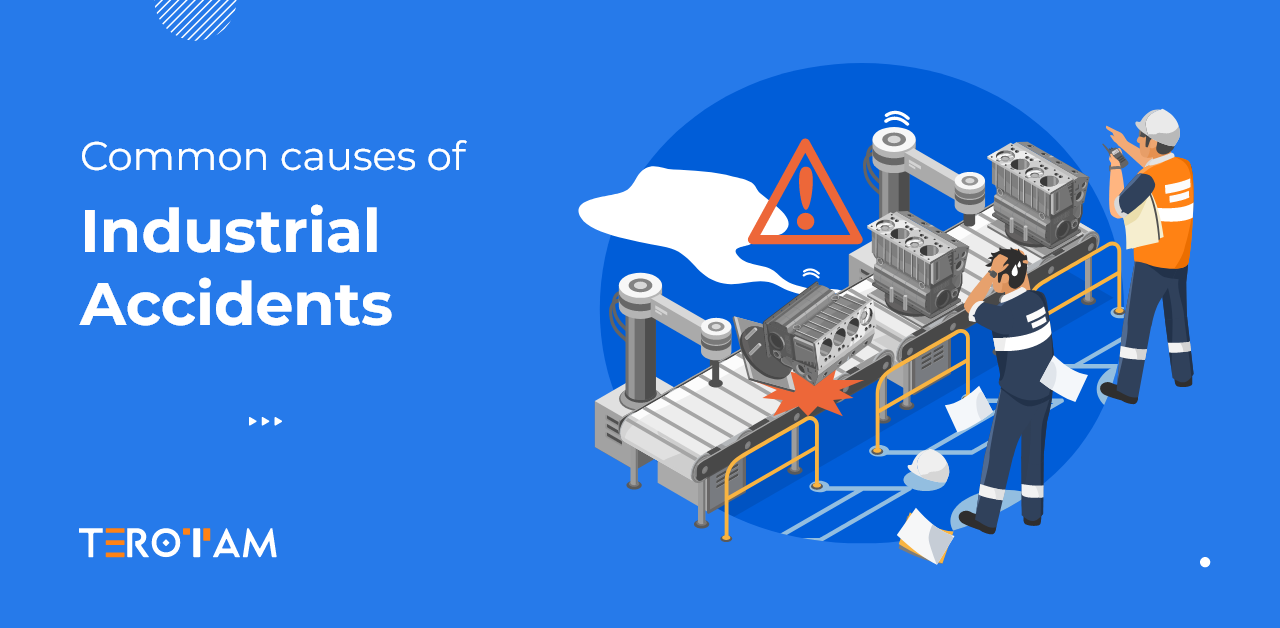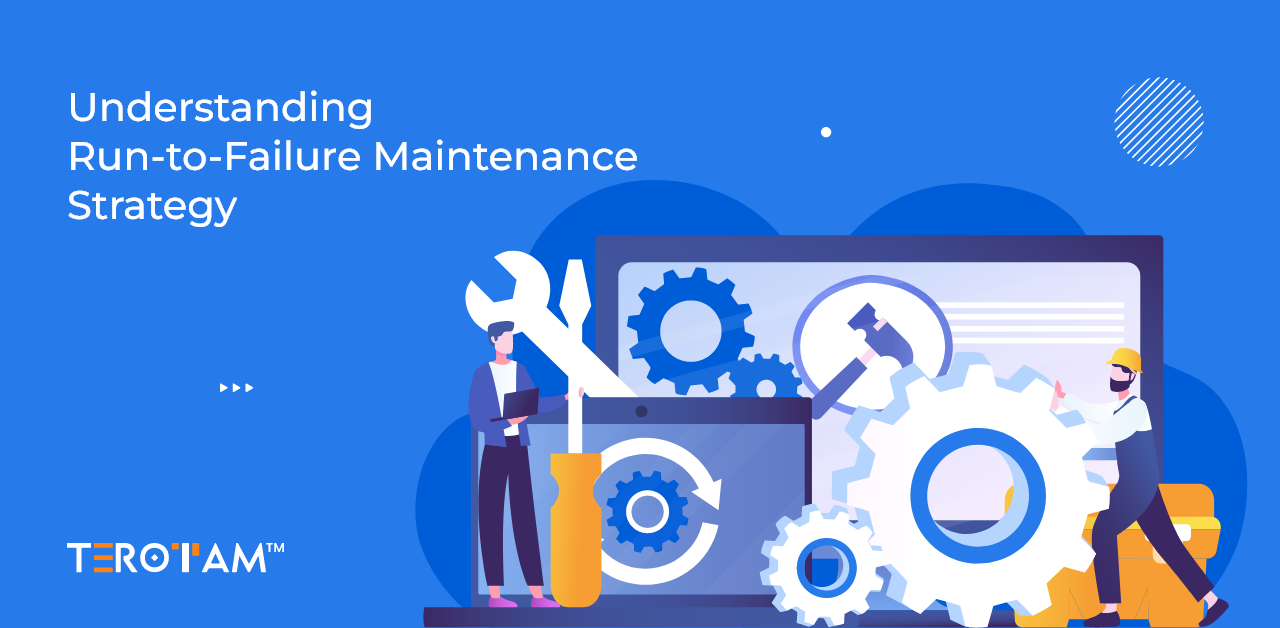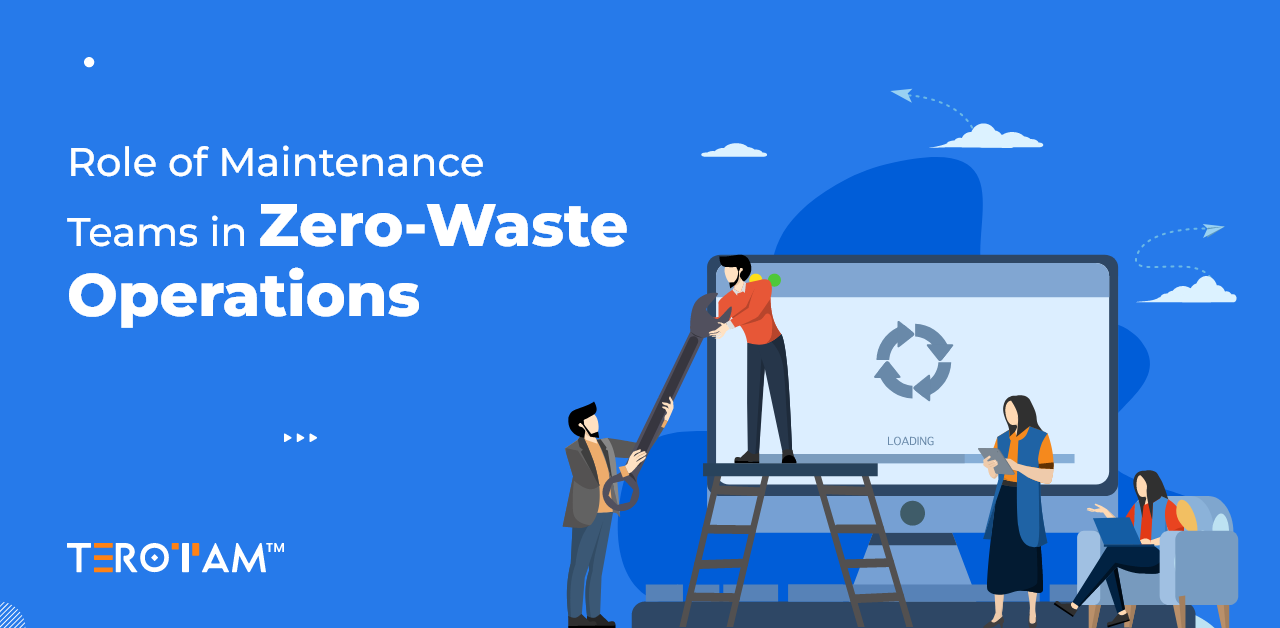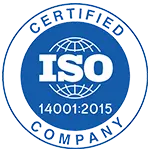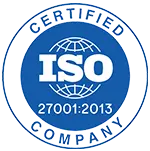Industrial workplaces are packed with moving parts—both literally and metaphorically. From heavy machinery and hazardous substances to fast-paced routines and shift rotations, there’s a constant need for vigilance. But even with strict protocols in place, accidents still find a way to happen. And when they do, the impact is rarely limited to downtime or broken equipment. Lives are disrupted, morale takes a hit, and operations get thrown off track.
The harsh truth? Most of these accidents don’t come out of nowhere. They’re usually the result of small oversights that build up over time—gaps in training, skipped inspections, or ignored safety rules. If these root issues are understood early and addressed correctly, the risks can be drastically reduced.
In this article, we’ll explore the 9 most frequent causes of industrial accidents, how maintenance strategies can reduce them, and actionable safety tips that help prevent repeat mishaps.
Why does accident prevention need more than just policies?
Safety manuals, signboards, and regulations are important—but they’re not enough on their own. A safe industrial workplace demands consistent habits, strong awareness, and systems that are built to support people, not just protect assets.
Workplace safety has to evolve beyond tick-box compliance. It should be baked into the way people operate daily, with leadership setting the tone and frontline teams being actively involved in shaping a safety-first environment. When people understand not just the rules—but why those rules exist—they’re more likely to follow them even under pressure.
Every time an accident happens, there’s more at stake than what gets written in the incident report. Beyond injury and equipment damage, there’s often a ripple effect: halted production, emergency repairs, delayed deliveries, legal consequences, and increased insurance premiums. Not to mention, employee trust can quickly erode if they feel unsafe at work.
Preventing these situations isn’t just a moral or legal responsibility—it makes clear operational sense. But to prevent them, we first need to recognize the patterns that lead to them.
Here are some of the less visible but high-impact costs of industrial accidents:
- Extended machine downtime while investigating or repairing damage
- Medical expenses and compensation for injured workers
- Temporary labor costs to cover absent staff
- Fines or penalties from safety authorities or compliance bodies
- Increased insurance premiums over time
- Delays in client orders, leading to loss of business credibility
- Damage to workplace morale and team confidence
- Legal costs in case of lawsuits or worker claims
- Reputational harm, especially for public-facing or certified facilities
Common triggers that lead to workplace mishaps
A single issue rarely causes industrial accidents. Most of the time, they’re a result of compounding factors—some visible, others buried in everyday routine. Below are nine of the most frequent causes that keep showing up in industrial accident reports across sectors.
1. Lack of proper training
When workers aren’t taught how to handle machinery, follow safety procedures, or respond to emergencies, they’re being set up to fail. Training should be more than just onboarding—it needs to be continuous and role-specific.
- Workers often guess their way through unfamiliar tasks
- Safety instructions are misunderstood or forgotten
- Emergency response becomes chaotic and slow
- Workers aren’t aware of site-specific risks
2. Human error and complacency
No matter how good the system is, people can make mistakes. And when those people start assuming “nothing bad will happen,” mistakes turn into incidents. Complacency often sets in when the job feels routine.
- Critical steps skipped to save time
- Known hazards are ignored because “it’s always been fine”
- Workers multitasking beyond safe limits
- Decision-making becomes careless under fatigue
3. Faulty or poorly maintained equipment
A machine that hasn’t been serviced properly is an accident waiting to happen. Worn-out tools, loose fittings, and broken sensors can turn regular work into a safety hazard.
- Brakes, switches, or control panels that stop functioning mid-task
- Machines overheating or short-circuiting due to dust buildup
- Warning signals failing to alert in time
- Oil leaks or damaged hoses cause instability
- Safety guards missing or loosely attached
4. Poor housekeeping practices
A messy, disorganized workspace may not seem dangerous at first—but it often contributes to the most common injuries like slips, trips, and falls. Cleanliness in industrial spaces directly affects safety.
- Spills left unattended on work floors
- Walkways cluttered with tools or boxes
- Poor storage of flammable or corrosive items
- Emergency exits are partially blocked
- Hanging wires or loose materials create trip hazards
- Tools stacked or placed in unsafe positions
5. Ignoring or bypassing safety protocols
When safety rules are bent to meet production targets or deadlines, the consequences can be immediate and severe. Shortcuts might save minutes today—but they can cost lives tomorrow.
- PPE avoided due to heat, discomfort, or laziness
- Lockout/tagout steps skipped during maintenance
- Machines operated despite alerts or warnings
- Fire drills or evacuation steps are rarely practiced
6. Exposure to hazardous substances
Industrial setups often involve chemicals, fumes, and other dangerous materials. Without proper controls and training, exposure risks can turn deadly or cause long-term health damage.
- Toxic gases inhaled in unventilated spaces
- Skin burns due to unprotected handling
- Chemical reactions from improper storage combinations
- Containers unlabeled or mislabeled
- Delays in responding to leaks or spills
7. Unsafe working conditions
Sometimes, the problem isn’t what workers are doing—but where they’re doing it. Environmental factors like heat, darkness, cramped areas, or uneven floors can all contribute to accidents.
- Poor lighting leads to misjudgment of machinery movement
- Limited visibility causes errors during the handling
- High humidity increases the risk of equipment failure
- Confined spaces with inadequate oxygen levels
8. Fatigue and overwork
When employees are physically or mentally drained, their ability to focus, react, and assess danger drops significantly. Fatigue is one of the most underestimated risks in industrial workplaces.
- Workers nodding off during machinery operation
- Slow reaction to warning signals or alarms
- Increased irritability or reduced concentration
- Frequent minor mistakes go unnoticed
- Poor decision-making under pressure
- Misjudging weight or speed during lifting tasks
- Physical exhaustion leading to accidents in elevated areas
9. Lack of supervision or oversight
Even the best-trained teams need direction. Without supervisors ensuring safety standards are followed consistently, even basic routines can become dangerous over time.
- New workers picking up poor practices from peers
- Unsafe shortcuts turning into habits
- No one was assigned to check compliance or inspect equipment
- Delayed reporting or escalation of small issues
- Gaps in shift handovers where information is missed
How does regular maintenance help reduce industrial accidents?
While no system is completely risk-proof, a strong maintenance strategy plays a big role in keeping accidents at bay. Well-maintained equipment behaves predictably, reduces downtime, and protects workers from surprise failures. But this only works when different types of maintenance are balanced correctly:
- Preventive maintenance: Scheduled servicing and inspections help identify issues before they become hazards. Tasks like lubrication, bolt tightening, and wear checks are small steps that prevent big problems.
- Predictive maintenance: Using sensors and data, this method spots signs of failure early—like rising temperatures or vibration levels—so action can be taken before things go wrong.
- Reactive maintenance: Although not ideal as a primary method, having a well-structured emergency response plan ensures that breakdowns or failures are resolved quickly and safely.
- Condition-based maintenance: Equipment is monitored based on real-time parameters like pressure or speed, and maintenance is triggered only when a certain threshold is reached.
- Routine maintenance: Day-to-day checks like cleaning, tightening, or running quick diagnostics help keep everything in working order, reducing minor issues that could snowball into accidents.
A layered approach that blends these strategies ensures fewer surprises, more uptime, and safer conditions for everyone involved.
Maintenance tips to avoid accidents
Implementing the right maintenance plan is one thing—but making it effective on the ground requires discipline, tools, and teamwork. Here are some practical tips to build a safer workplace through maintenance:
- Create a clear schedule for daily, weekly, and monthly maintenance tasks
- Maintain detailed logs for every inspection, repair, or part replacement
- Use digital tools or CMMS platforms to track and automate maintenance workflows
- Train staff to spot and report unusual noises, leaks, or performance drops
- Set up a checklist system for shift handovers to pass on equipment status
- Prioritize high-risk machines with more frequent inspections
- Include safety system checks—alarms, fire suppression, emergency stops—in every routine cycle
Final thoughts
Accidents don’t usually announce themselves—they happen when no one’s paying attention. That’s why safety needs to be part of the rhythm of your operations, not something that’s only reviewed after something goes wrong.
With the right mix of awareness, proactive maintenance, and workplace discipline, most industrial accidents can be avoided. If you’re ready to explore how a CMMS solution like TeroTAM can help you keep your maintenance organized, your equipment safe, and your workers protected—don’t wait for a warning sign. Reach out to us at contact@terotam.com and start making your facility safer, one system at a time.


